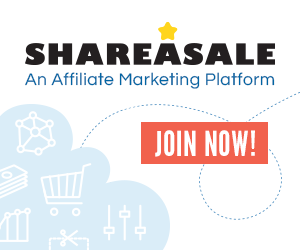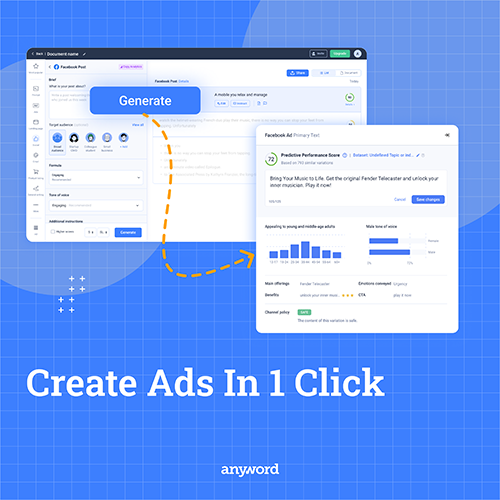Many of us in business are in it for so many different reasons. It might be a desire to be of service, it might be a desire to make a living on their terms, it might be to make bank and run, it might be if you’re anything like me, because you are not a very good employee and decided to become the leader of your own destiny. Whatever the reason, what is the same for all of us is that we all have customers. It is through this simple similarity that I can talk to you about what it takes to keep those customers coming back for more, helping you to not just see yourself as a business but to see yourself as a BRAND.

What’s the difference you ask? Well in short, your business is the operations, the product producing organisation. Your brand, however, is your image, your reputation and the identity that your customers and the public perceive you to be. Think Apple, think Esky, think Rip Curl as examples. They all come with vivid imagery and sparked emotions whenever you hear their names. This is the essence of a brand.
Now if you are new to business and even if you’re not, there are several foundations that you can lay within your business (no matter the size) to be a favourable brand. Here are what businesses and brands worldwide would consider the top three non-negotiable activities every business wanting to create a value driven brand needs to do.
-
Get clear on your business purpose, mission, and values
All great brands have a clear and united purpose (why they get out of bed) and, mission (what they want to achieve for the greater good) and set of core values (the human attributes that hold the highest value in your organisation) that help lead and align their teams to the organisation’s goals as well as creating a solid business and brand culture.
This becomes your guiding light to achieving the brand you want by ensuring that only activities that align to these three things are prioritised. Where possible, create these with your existing team to maximise buy-in and engagement from your front-line brand advocates. Sometimes it can be easy to make these very personal, however ask yourself, could your purpose, mission and values be easily explained, easily lived and a driving force for ongoing business growth and achievement.
Here’s an example of a few well-known businesses and their mission statements that ultimately have worked to create some of the world’s most value driven and trusted brands.
Google Mission
To organise the world’s information and make it universally accessible and useful.
Headspace Mission
To improve the health and happiness of the world.
Microsoft Mission
To empower every person and every organization on the planet to achieve more.
Virgin Airlines Mission
To embrace the human spirit and let it fly.
-
Great brands have great CEHX!
What is CEHX you say? Simply put, it is the CUSTOMER, EMPLOYEE and HUMAN EXPERIENCE that all well known brands have in detail mapped out to understand every touchpoint of their business and how you as a customer, or an employee and certainly as a human will be impacted by that experience.
Let’s take IKEA for example. Their customer experience is world renowned. Every single IKEA is laid out the same way, in a racecourse track of sorts, you can only easily go forward, to turn back around becomes a battle as you spend your journey walking into oncoming traffic so you are essentially forcibly encouraged to continue moving forward with the herd. As you bear witness to the KALLAX shelving units, the POӒNG armchair and so many other unique and interesting variations to furniture and home bric-a-brac you begin to loathe the experience (maybe it’s just me) but then you smell freedom.
That’s right, IKEA have understood that after that shopping experience that their customers deserve a reward and what better reward is there than sitting in the Swedish inspired cafeteria to wet your tastebuds with some Swedish meatballs or a tumbler of fresh VINTERSAGA (Swedish festive drink). Me personally, I’m going for the DRYCK BUBBEL PÄRON (Sparkling pear drink, the closest to a sparkling wine I’m getting to).
Whatever it is that takes your fancy, the point is, that IKEA understood that to be perceived as a value driven brand, they needed to give their customers an EXPERIENCE beyond just the rudimentary customer service many businesses focus on and to keep you on their premises for as long as possible and to leave with a full belly and lots of serotonin rushing through your body. They understood that their customers needed a different value proposition.
They created the vision and then went to work creating the business model to support those experiences. This is great CEHX as told by their year on year profit growth in the billions, their ongoing commitment to their vision but also the environment after listening to their customers and their ongoing developments and innovations to keep their employees or co-workers as they’re called in the IKEA family loyal to the brand. In 2015, IKEA commenced dropping an additional $2000 per year into each co-worker’s superannuation account (above and beyond the regulated payments) helping to serve what was already a higher than average employee retention rate.
So, for you in the foundations of creating your brand, consider those touch points that your customers and employees will experience and then build the bones around supporting those experiences in an exceptional way. One great way to start is to perform a customer experience blueprint activity. There are many great resources available online to help you complete the mapping of your customer experience. It is also a great opportunity to get a truly clear comprehension of any opportunities for improvement in areas such as operations, customer service, technology and much more.
-
Know Your Customers
All great brands have spent immeasurable amounts of energy on getting to know their customers. Now you may have heard of getting to know your audience with demographics (population-based facts such as age, gender, race, religion, marital status, education, income etc). There is also a lesser known measurement used by business called psychographics. This refers to understanding and classifying humans based on their beliefs, their attitudes towards certain subjects, their aspirations, and many other psychological and social measures.
Now these are great, but I would invite you to also consider this newcomer to the study and classification of the humans that are going to love your brand. And that is valuegraphics. Valuegraphics is the new kid on the block. Founded by Canadian Marketing Expert, David Allison and his research scientist business partner, they have together created a random stratified statistical representation of the population and what it values. Why this is so important to understand is that you could actually find the edge on your competitors when you come to learn what it is your customers truly value and how that plays a part in their purchasing behaviours.
Let’s take this concept for a spin shall we? Let’s consider a brand that is loved by all creed of human, Rebel Sport. So, Rebel may have a document somewhere in the archives breaking down how they will go to market to all of their different customer segments and how they will become a trusted sporting retailer for everyone from the kids doing AUSKick on Saturday mornings to the professional athletes swimming English Channels but the reality is that they have a VERY broad scope of who is their target audience.
What they do have though is an audience who whilst they might not come from the same economic backgrounds, drive the same cars, have all achieved straight A’s in school or aspire to be professional athletes, they all do share commonalities in their core values. All of Rebel’s customers would hold the values of health, performance, quality, choice, integrity, and passion up front and centre when choosing Rebel over any other brand or sporting retailer. These are the values, the emotions that are stirred deep within their customers nationwide.
So as a business, if you understand what your customers and employees’ value in their heart of hearts, you have the edge to create a value driven brand. One that can deliver experiences that creates a visceral emotion every time they engage with you, keeping them loyal to your brand.
So many businesses in every industry are not working towards becoming a brand that instills trust and loyalty from their customers. Therefore only 27% of Australian customers are loyal to a brand because of their customer experience (Deloitte, 2020). That is an enormous opportunity to better than your competitors in a time where as small as a 5% increase in loyalty to a brand’s customer experience is expected to result in an increase of profits anywhere between 25%-95% (Harvard Business Review, 2020).
So why wouldn’t you want to become a brand leader? It is certainly within every business’s reach to deliver a customer experience, worthy of their customer’s loyalty. So go get ‘em.






















